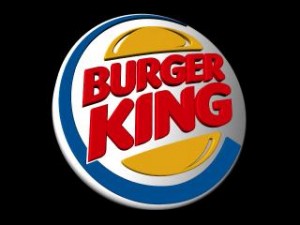Most students at DePaul University have encountered the delicacy of Sweet Mandy B’s at some point during their college education, whether directly or indirectly. There are the die hards (as often as they can get there, they do), the excuse makers (I don’t want to write this paper anyways, so lets go get cupcakes), the “I earned it” girls (who can justify the indulgence since they worked out), the special occasions (birthdays, weddings, the works), and the rest have either simply tried Mandy B’s or heard other students discuss it.
The number of students that Sweet Mandy B’s draws in on a daily basis is astounding; and students are only a portion of their customer base. There are people all over Chicago who are willing to make the trip to Lincoln Park in order to get Mandy B’s. In food and confection related industries, the quality is top priority since that is what consumers are truly after when they go in for a treat. In order to sustain such high quality management and fresh cupcakes, cookies, and specialty foods, just in time inventory is a must. Nobody wants to walk all the way there to spend money on a cookie that is stale or doesn’t satisfy that sweet tooth. Managing the way that baked goods are created, decorated, and stored in order for maximum freshness for the maximum amount of time appears to be something that Sweet Mandy B’s management has mastered, from my experience at least.
Another aspect of operations that is essential to consider in this industry is capacity. When people place orders for cakes, it is typically for a special occasion, in which case they need the cake at a specific time on a specific day. Cake orders and order patterns must be closely analyzed in order to increase staff during busy ordering times such as holidays or time of large events like graduation. Space and oven scheduling is another consideration, for only so many cakes can be baked as there are ovens. Sweet Mandy B’s seems to have this under control as well, for the entire second half of their store is available should they need to utilize that space, yet the don’t waste money keeping it lit or stocked when they are able to limit baking to the main kitchen.
Location strategy is interesting in this case, for Sweet Mandy B’s does not follow the typical “Location is everything” mantra. Rather it makes a product that is too good to resist, and people have no problem travelling from all over the city to pick up their pre-ordered cakes or stop by for a snack. However, their location is, in fact, intelligently placed because many college students do not drive, and the proximity to campus is a major plus. Its convenience also encourages students to stop by when they probably would not have made the trip if they had to actually plan for it and catch a train. With its thriving success, is there anything that could drastically hurt Sweet Mandy B’s sales?





